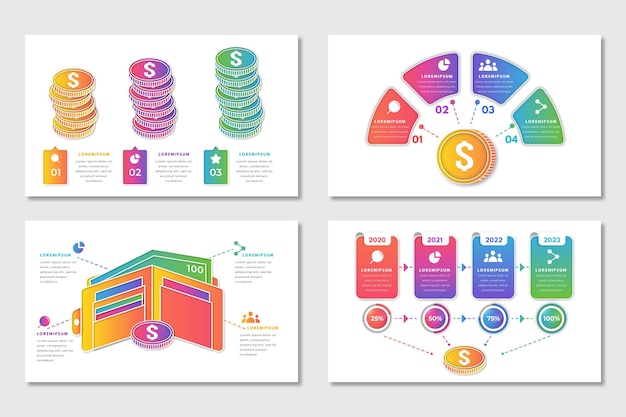
The current state of the American economy is quite turbulent. The Federal Reserve has recently stated its intention to maintain long-term interest rates at an unprecedented low. Simultaneously, short-term rates are already at their historic lowest point, with plans to keep them this way until mid-2013, assuming the Federal Reserve can make it happen.
One might think such news should bring joy to the average American consumer. However, a study by Credit-Land.com contradicts this assumption, showing that Annual Percentage Rates (APRs), tied to the prime rate, are on an upward trajectory rather than the expected decline.
APRs have surged to their highest levels since 2007, averaging at 14.96 percent presently. The irony is that many credit card holders often bear a burden heavier than the average APR due to their credit ratings. The lower the credit score, the higher the APR becomes, while the reverse applies for those with high credit scores. Credit card advertisements often emphasize the most attractive, lowest available APR to lure in customers. In reality, a consumer with a lower than average credit history may end up confronted with an APR as high as 24.96 percent.
The escalating rates can be indirectly linked back to the Credit Card Accountability Responsibility and Disclosure (CARD) Act of 2009, a law that marked a turning point in the credit card industry. Credit cards started levying higher APRs against poorer credit consumers, as the Act prohibited them from arbitrarily increasing interest rates. Banks responded by strategically hiking fees and rates.
The Act also necessitated more transparency in credit card applications and adjusted interchange fees. The subsequent revenue hit for major banks led to innovative approaches to recover income from customers, such as shrewd marketing tactics and misleading APR promotions.
Under the CARD Act, credit card companies are now allowed to raise an APR affecting an existing account balance only under a specific set of criteria. Arnold Taubman, the chief economist at Credit-Land.com, noted, “It’s difficult to elevate APR rates for a single customer without influencing rates for all customers.” This indicates that consistent payers may also encounter rate increments.
On the brighter side, thanks to the CARD Act, banks are now mandated to notify customers proactively about their respective rates.
However, the news from the Federal Reserve is not as initially promising for credit card users as it may appear. This is mainly due to the strong correlation between mortgages and car loans and the cost of treasury funds. In the case of a mortgage, the ‘underlying cost of funds’ constitutes about 90 percent of the total cost. For car loans, it’s about 80 percent, while credit cards sit at only 30 to 40 percent, according to SmartAsset.com.


